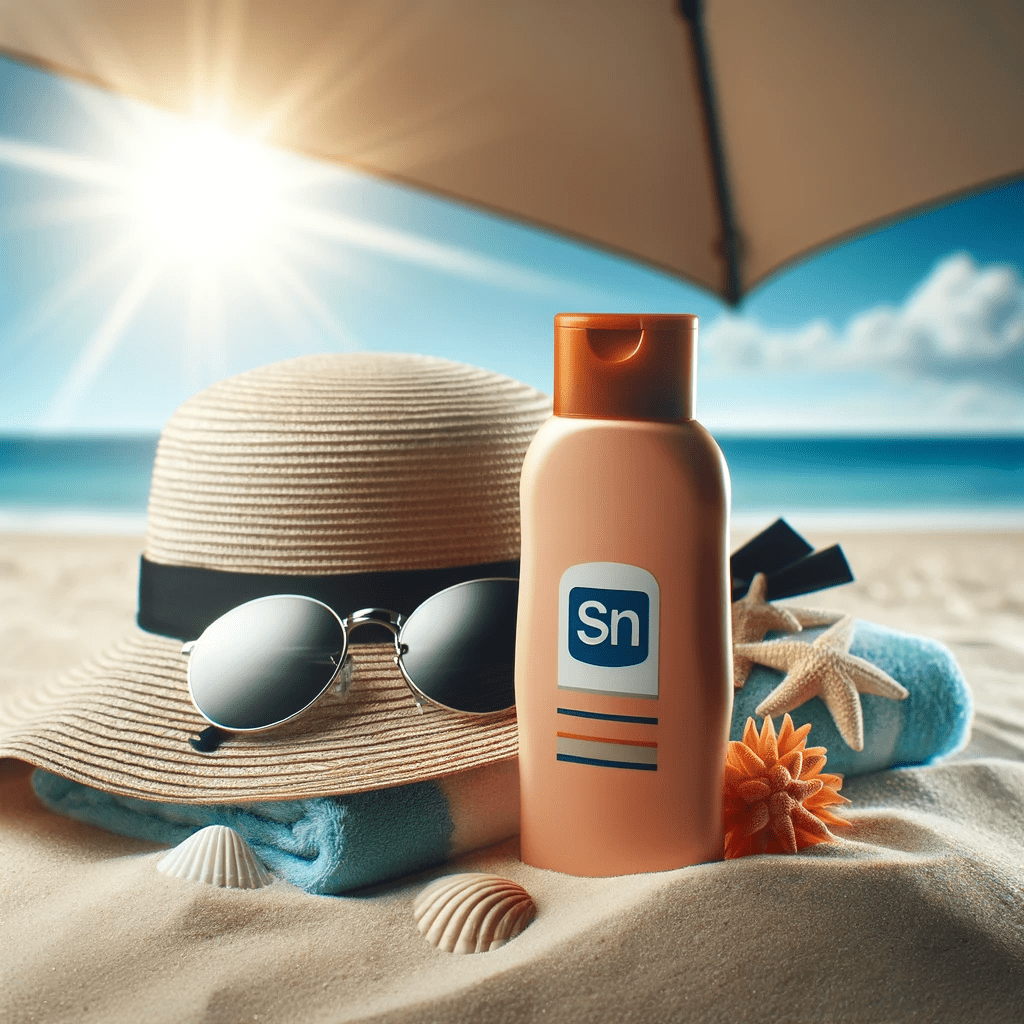Definition
When exposed to excessive UV radiation from the sun or artificial sources, skin becomes prone to sunburns. This radiation can damage the skin, resulting in inflammation and redness. Therefore, it is crucial to protect the skin from harmful UV rays by applying sunscreen and wearing protective clothing. Protecting yourself from harmful UV rays by using sunscreen or wearing protective clothing is essential.
Expanded Explanation
Excessive UV radiation damages skin cells and causes inflammation, pain, and discomfort. The skin gets sunburned due to overexposure to the sun’s harmful rays. In other words, skin becomes vulnerable to sunburn when exposed to too much sunlight.
Excessive sun exposure can cause premature skin aging and increase the risk of skin cancer. Preventing skin damage requires limiting sun exposure, wearing protective clothing, and using sunscreen. You can protect your skin by wearing protective clothing and avoiding midday sun exposure.
Additionally, apply sunscreen with a minimum SPF of 30 before going outside and reapply every two hours. Remember, these actions can help you avoid potential skin damage and keep your skin healthy.
Symptoms of Sunburn
The signs and symptoms of sunburn can vary in severity and include:
- Redness and warmth
- Swelling and tenderness
- Itchy or peeling skin
- Blisters in severe cases
- Fatigue, fever, or chills in extreme cases
Prevention and Treatment
To prevent and treat sunburn, follow these guidelines:
1. Sunscreen
To safeguard oneself from the detrimental impact of UV rays, it’s crucial to use sunscreen with at least SPF 30. Apply sunscreen every two hours, particularly when you’re outside, swimming, or sweating. Doing so lets you relish your time outdoors while ensuring your safety and well-being.
2. Clothing
Wear protective clothing, sunglasses, and wide-brimmed hats to shield your skin from the sun.
3. Shade
To prevent overexposure to the sun, it’s advisable to steer clear of direct sunlight during its peak hours of strength, typically between mid-morning and late afternoon. It is advisable to seek shade or stay indoors to protect yourself from the sun’s harmful rays.
4. Hydration
It is essential to drink ample water to keep hydrated and replenish fluids that have been lost.
5. Soothing treatments
Apply aloe vera, cool compresses, or over-the-counter pain relief to alleviate sunburn symptoms.
Examples
Example 1: A person who fails to apply sunscreen before a day at the beach may experience sunburn due to prolonged sun exposure.
Example 2: Wearing a wide-brimmed hat and sunglasses can help prevent sunburn on the face and sensitive eye area.
Related Terms
Skincare – involves daily practices to maintain skin health, which is particularly important for preventing sunburns. Using sunscreens and moisturizers protects the skin from harmful UV rays, reducing the risk of sunburn and long-term damage.
SPF – or Sun Protection Factor, is a crucial metric in sunscreens, gauging their effectiveness against UVB rays known for causing sunburn. This measure is critical in selecting a sunscreen, as it reflects the product’s capability to fend off UVB-induced skin damage and potential skin cancer risks.
Visual and Product Aids
External Resources
Sunburn Prevention and Treatment: Enjoying summer weather increases the risk of sunburn without adequate protection. This article provides essential insights on sunburn symptoms, treatment options, and preventive tips to safeguard skin health.
Understanding the Risk of Sunburn: It is widely known that overexposure to ultraviolet (UV) radiation invisible radiation from the sun, can lead to skin cancer. Protecting your skin from these harmful UV rays throughout the year, not just during the summer months, is essential as they can penetrate through clouds and reflect off surfaces such as water and snow.
Related Articles
Essential Tips for Staying Safe in Sunny Weather: This post highlights essential strategies for safe sun exposure, emphasizing the importance of protective clothing, sunglasses, and sunscreen with a high SPF. It underscores the risks of UV radiation, including sunburn and long-term skin damage.
It offers practical advice like seeking shade, staying hydrated, and planning outdoor activities outside peak sunlight hours for optimal protection.
Your 5 Best Sunscreens for Dry Skin Protection: This post provides valuable guidance on selecting sunscreens for dry skin, emphasizing the importance of hydrating ingredients like hyaluronic acid and ceramides. It recommends physical sunscreens containing zinc oxide or titanium dioxide for their gentler effect and tinted sunscreens for added coverage.
Additionally, it highlights the significance of antioxidant protection and the necessity of regular reapplication to ensure continuous protection against UV rays.


